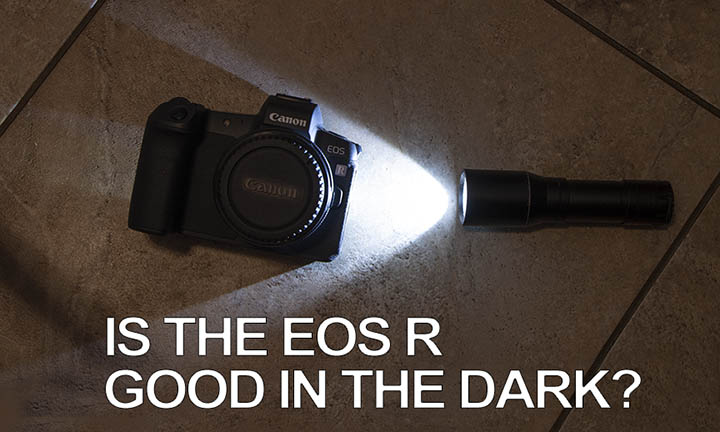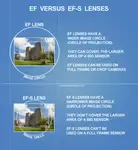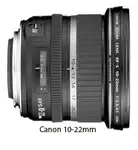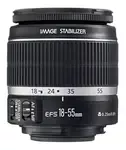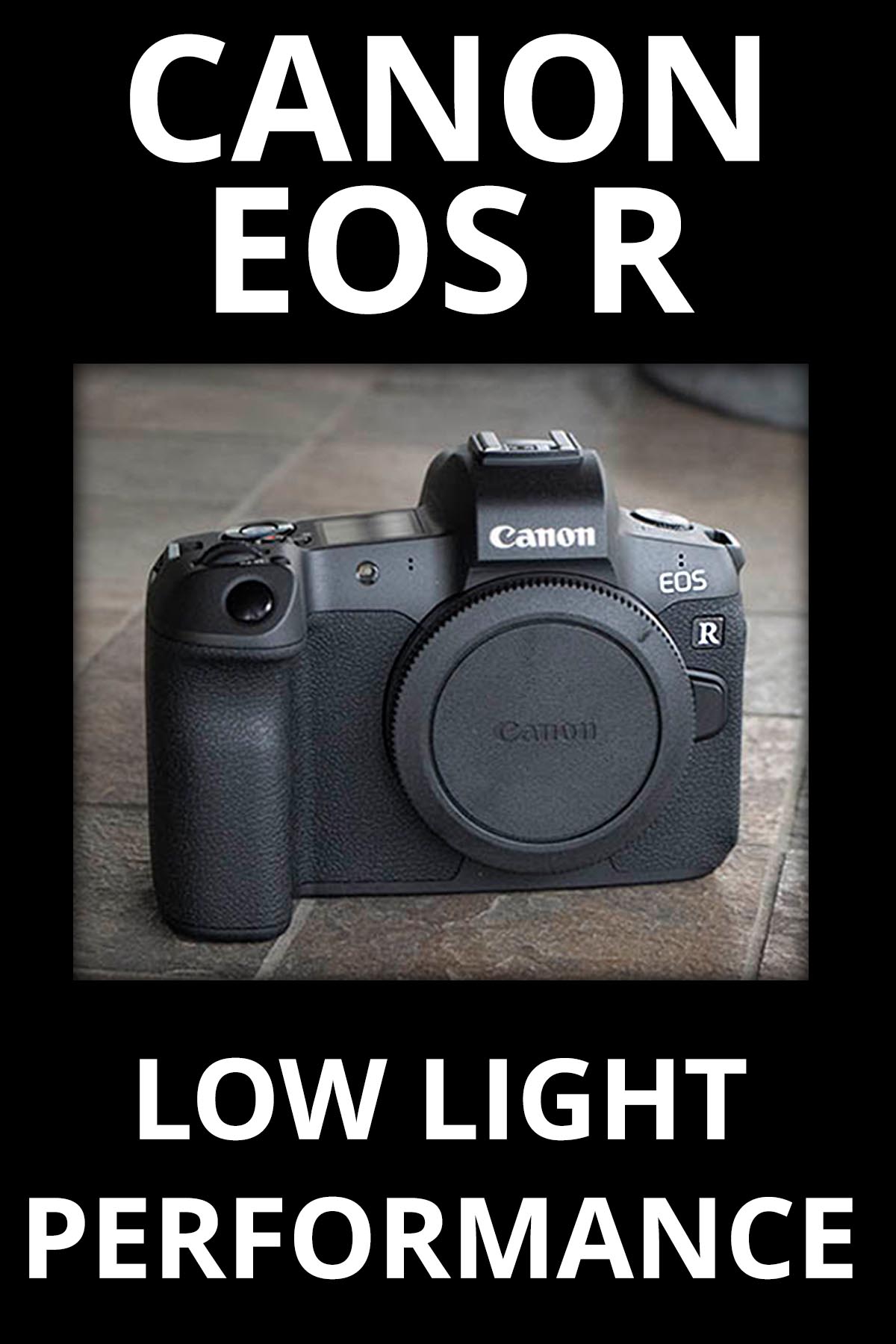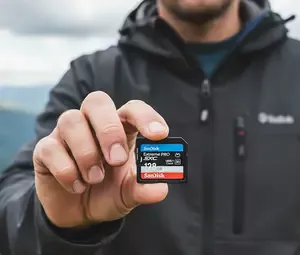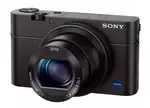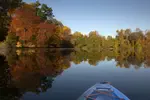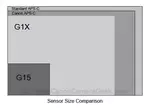Canon EOS R Low Light Photography
WRITTEN BY: BRUCE LOVELACE
UPDATED: September 7, 2024
In this post we look at how good the Canon EOS R is when it comes to low light photography. Under dimly lit photography shooting situations you may have to raise your camera's ISO sensitivity setting. that's where image quality issues can arise.
You can shoot using any recently made DSLR or mirrorless camera under not-so-bright conditions, but specifically how good is EOS R camera in low light?
Generally speaking, the Canon EOS R camera is excellent for shooting photography and video when working under dim conditions. The EOS R produces sharp, low noise images at moderately high ISO settings, focuses fast and accurately when it's dark, and can be coupled with many different image stabilization, IS lenses for additional help in getting motion-blur free photos.
A lot of Canon shooters and potential mirrorless camera buyers want to know how does the Canon EOS R do in low light photography situations. One of the best ways to find out is to do some tests yourself, so that's what I did with my copy. The EOS R has the same sensor as the 5D Mark IV. I expected similar low light performance with these two cameras and that's what I found.
Why low light photography is hard
The three biggest challenges with shooting in low light conditions are 1)inaccurate or slow focusing, 2) blur from slow shutter speeds, and 3)poor image quality from using high ISO settings. Let's take a quick look at each one of these 3 challenges to overcome when shooting under dimly lit conditions.
1. Slow EOS R Shutter Speeds In Low Light
One of the biggest causes of blurry photos is a slow shutter speed. The lack of light creates the need for the shutter to stay open longer to allow enough light into the camera for a proper exposure. Holding the camera perfectly still during an extended exposure can be challenging for the average human being
It's lightweight camera, but fortunately the EOS R still has a well designed handgrip to help steady the camera with slow shutter speeds. You can shoot at very slow shutter speeds and still get sharp images without blur by using good holding technique and using a lens with image stabilization.
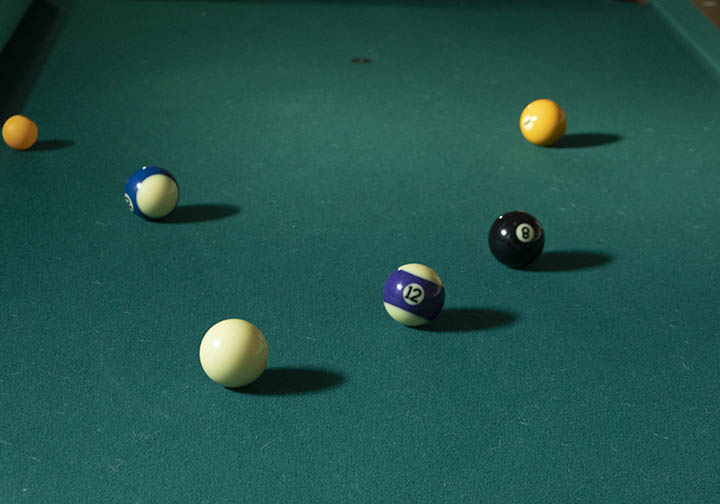
I photographed this pool table in my dimly lit basement, without a tripod, and with my lens set with a wide open aperture to let in as much light in as possible. At ISO 1600, I still needed a shutter speed of 1/6 second with my EOS R to get a proper exposure. I spot focused on the Cueball and because I used the image stabilization of the lens it came out perfectly sharp despite the slow shutter speed.
"The EOS R uses information from both the camera and lens to correct blur from camera movement. The IS [Image Stabilization] system acquires camera-shake data from both a gyroscopic sensor in the lens and image data from the camera’s CMOS sensor.
This Dual Sensing IS system can accurately detect and compensate for low-frequency (slow) blur that used to be hard to detect with gyroscopic sensors alone. As a result, camera-shake blur on the EOS R is reduced by the equivalent of a 5-stop faster shutter speed."
Taken from: https://snapshot.canon-asia.com/
To be able to successfully shoot as such slow shutter speeds is still remarkable to me. I grew up using the 1/60 of a second maximum shutter speed for getting a sharp photo with a normal lens. Getting a sharp photo at 1/6 sec is a great example of the extraordinary technology that is available to you in today's world of photography.
2. EOS R Image Quality In Low Light
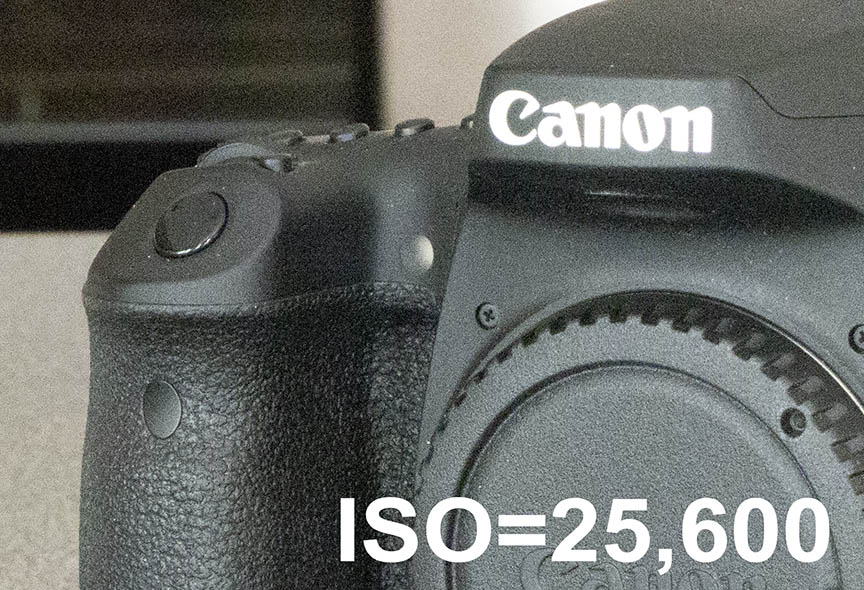 Pixel peeping to enlarged 100% view.
Pixel peeping to enlarged 100% view.Noise is clearly present, but image is still sharp despite shooting at ISO 25,600.
When it comes to shooting high ISO photos the EOS R is an excellent camera, with great low-light and high sensitivity performance when shooting regular jpg images. Image quality can be enhanced even more if you shoot in RAW mode.
"The Canon EOS R has a full frame sensor. That larger sensor size allows the use of larger individual pixels. Larger pixels can collect the light more efficiently. That gives you better sharpness and less noise in your photos when using higher ISO settings in low-light situations with a Canon EOS R.
Unlike the Canon R5, which has 45,000,000 individual pixels jammed onto its sensor the EOS R has fewer (30,000,000) and larger pixels. This makes the Canon EOS R a good camera for shooting low light photography. Read my article on how I tested the EOS R's high ISO performance.
3. EOS R Focusing Performance In Low Light
When shooting in both dark situations and low contrast situations, many digital cameras struggle with focusing. Fortunately the EOS R has 5,655 focusing points covering 100% of the sensor vertically and 88% of the sensor horizontally. Only the edges of the frame when shooting in landscape orientation are not covered.
"The Canon EOS R focuses quickly and accurately surprisingly well in darker situations, achieving focus at a very low light level of -6 EV. That's the equivalent amount of darkness you'd experience photographing a landscape with the illumination coming from a 1/4 moon.
When it's dark, looking through EOS R viewfinder or at the LCD screen, you'll get a brighter "real time" view of how your photo will be exposed. Essentially, you can almost use your EOS R camera for night vision like the military does with night vision googles.
How To Use Your EOS R With Low Light Photography
Ideally, you want to achieve high image quality whether you're shooting in dark conditions or a bright sunny day. When it's dark it's a little more challenging, but the good news is that you have several weapons at your disposal to compensate. Here are 4 ways to improve your low light photography with the Canon EOS R camera.
1. Use HIGH ISO
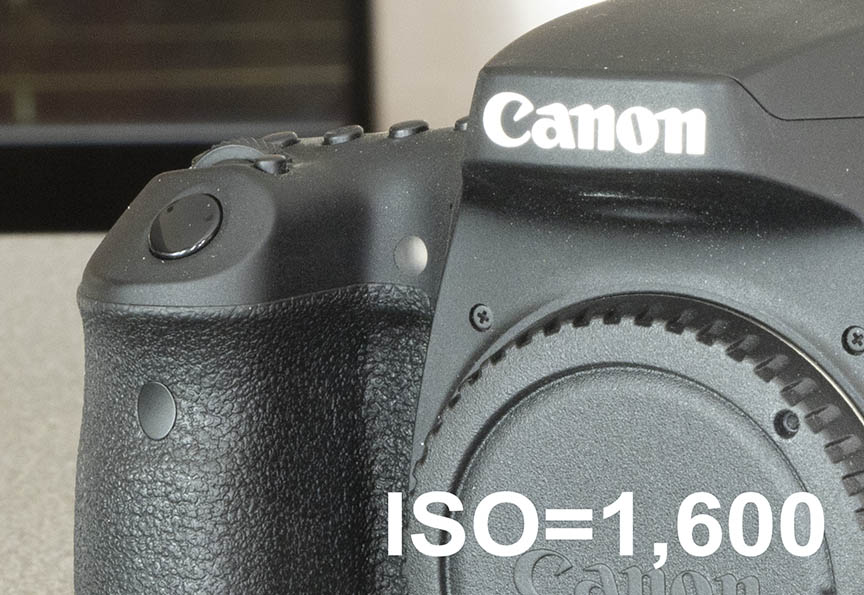 Pixel peeping to enlarged 100% view.
Pixel peeping to enlarged 100% view.Noise is barely present at all, and image sharpness is good while shooting at ISO 1,600.
The EOS R can be set to an ISO as high as 40,000 (expandable to 102,400). Setting your Canon R to higher ISO settings enables your camera to use faster shutter speeds. A faster shutter speed allows you to shoot hand held without a tripod and avoid blurriness from camera movement or the movement of your subject at the exact time your exposure is made.
2. Turn On Image Stabilization
The Canon ESO R camera body does not come with image stabilization, but you can use one of the Canon lenses that does have IS. Canon has the most extensive lens line-up among all lens manufacturers, so there are plenty to choose from.
Most of the newer designed-for-mirrorless RF lenses have powerful IS technology and many of the EF lenses (with the EOS R adapter attached) can be used on your EOS R camera and get several "stops" of image stabilization.
3. Use a Fast Lens
You can get more light to enter your camera by using a fast lens. That's a lens that has an extra wide lens opening to let more light in. For each extra f-stop of maximum lens opening, the lens is capable of letting twice as much light in.
Canon lenses that have a maximum aperture of f/2.0 or slower, such as f/1.8, f/1.7, f/1.4, improve the low light shooting capabilities of any Canon camera, including the Canon mirrorless R. Here's a list of Fast Canon RF lenses that are good fit for you ESO R and will improve its darker shooting abilities:
As an Amazon affiliate Canon Camera Geek receives a small commission from qualifying purchases, at NO added cost to you.
who've purchased and tested the EOS R on Amazon
4. Add Flash
There are many situations where it's dark and using a flash accessory makes complete sense. Rather than using an ultra high ISO or flirting with blur from movement, you can use one of the Canon Speedlites to get super sharp, accurately-focused photos.
Direct flash from a speedlight will not give the most artistic lighting, but you'll get properly exposed, clear photos with outstanding image quality. Because it's so fast, using flash will "freeze" the action that you photograph. You can also use a few simple diffusion or bounce lighting techniques to get more flattering light when using a Speedlight.
EOS R FAQ
Is the Canon EOS R good for low light photography
Is the Canon EOS R good for low light photography
You can use slower shutter speeds along with the image stabilization of the RF lenses and the Canon EOS R camera to get well-exposed photos in low light shooting conditions. Alternatively, you can raise the ISO setting to get a faster shutter speed to eliminate any blur from motion.
What is the best setting for low light photography on a Canon R camera?
What is the best setting for low light photography on a Canon R camera?
As a place to start for a shutter speed setting use the reciprocal fraction of the focal length of the lens. For instance, with a 200mm lens use 1/200 second. Then slow down the shutter speed the number of stops you have of available IS image stabilization.
When to use bulb mode on the Canon R
When to use bulb mode on the Canon R
Use bulb mode on the Canon R camera for extremely dark photography situations. It's for shooting at night like astrophotography and fireworks, and for other long exposure photographs. The shutter will stay open as long as you hold the shutter button down.
Summary
The Canon EOS R is a solid performer in high ISO (Low Light) shooting situations. It's full-sized sensor, reasonably large pixels, and advanced processor give it an advantage over APS-C sized sensors when it comes to image quality and noise. Also worthwhile looking into is the high ISO performance of the Canon R6 Mark II.
I hope this article was helpful. Also, see the related topics on the EOS R below. Have a blast. Shoot a Canon.

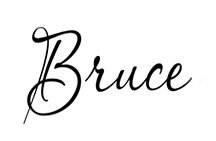
Bruce Lovelace is the publisher of Canon Camera Geek. Read more about him on the About Page. He also publishes how to articles and camera gear reviews at the Photography Tips website.
View some of Bruce's photos on Instagram and Flickr. Join the tribe of followers on YouTube. Bruce also runs photo workshops and provides 1 on 1 digital photography coaching.
Recent Articles
-
Choose the Right Memory Card for Your Canon R6 Mark II: Speed And Size
Nov 05, 25 02:04 PM
R6 Mark II Memory Card -
Canon G1x Mark II vs G1X-Side By Side Comparison of Canon G1X Cameras
Oct 22, 25 08:35 AM
G1 X Mark II vs. G1 X: Is the New Version a HUGE Leap... Or a Massive Mistake? Canon responded to the criticisms of the original G1X. Canon G1X Mark II vs G1X -
Sony RX100 III vs G1x Mark II by Canon. Side by Side Comparison
Oct 22, 25 08:07 AM
It's another one of those epic camera battles, this time not the Canon vs Nikon but rather the RX100 III Vs G1X Mark II battle. -
Canon R6 Mark II FAQ. Answers To All of Your Canon R6 M2 Questions
Sep 01, 25 07:51 AM
There's a lot you can easily learn about Canon's mirrorless R6 Mark II camera. Get your questions answered in this R6 Mark II FAQ -
Canon G1X Sensor Size. What Are The Specs on The Canon G1X Sensor
Aug 26, 25 11:39 AM
Here is a comparison of the Canon G1X sensor size with the rest of the "G" series Canon cameras
This page may contain affiliate links that pay me a small commission. There is no cost to you. Review the affiliate statement at the very bottom of this page if you want more information.
